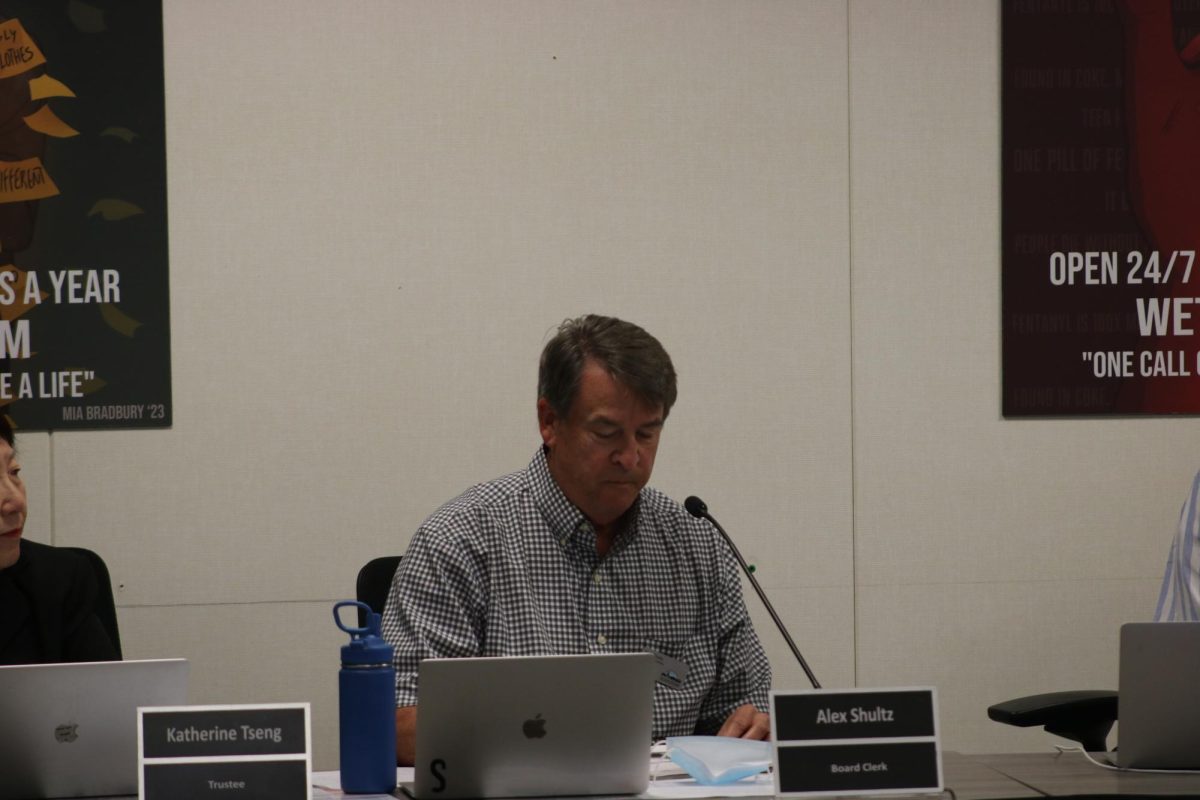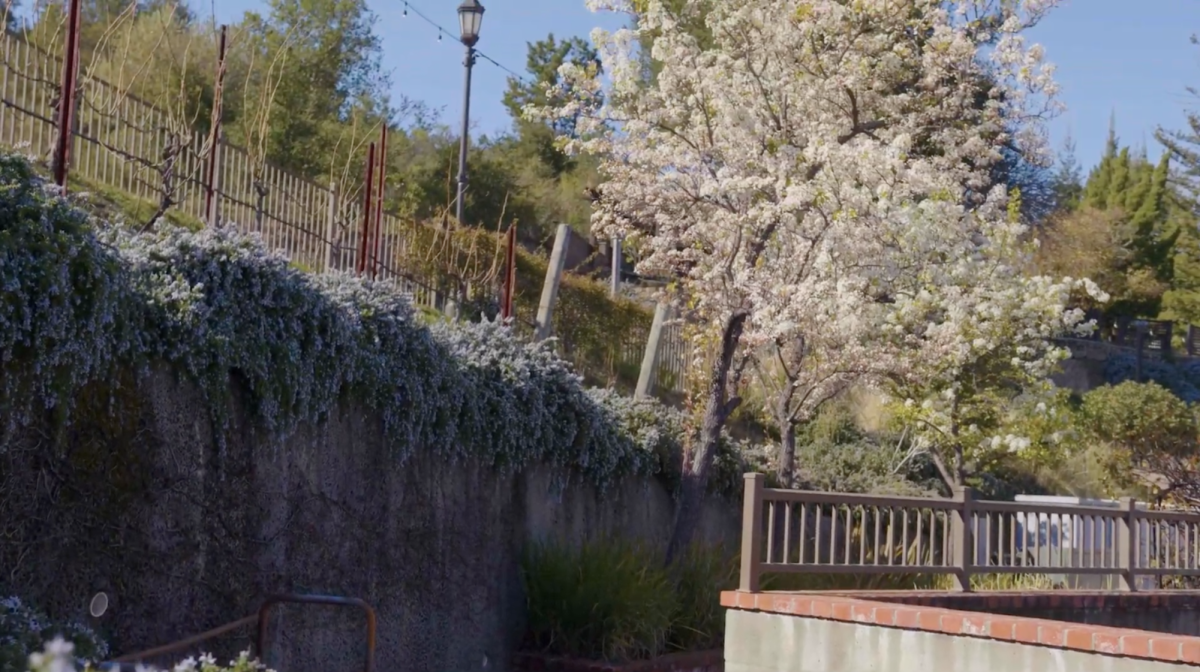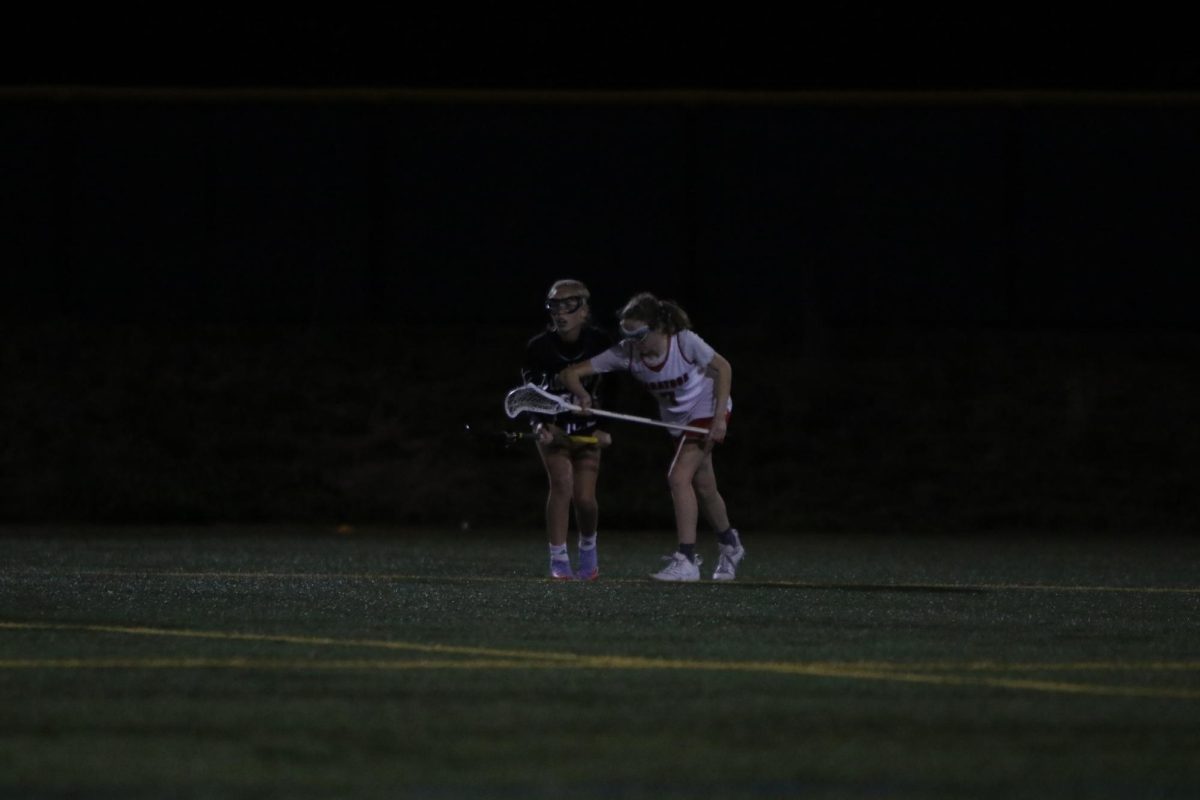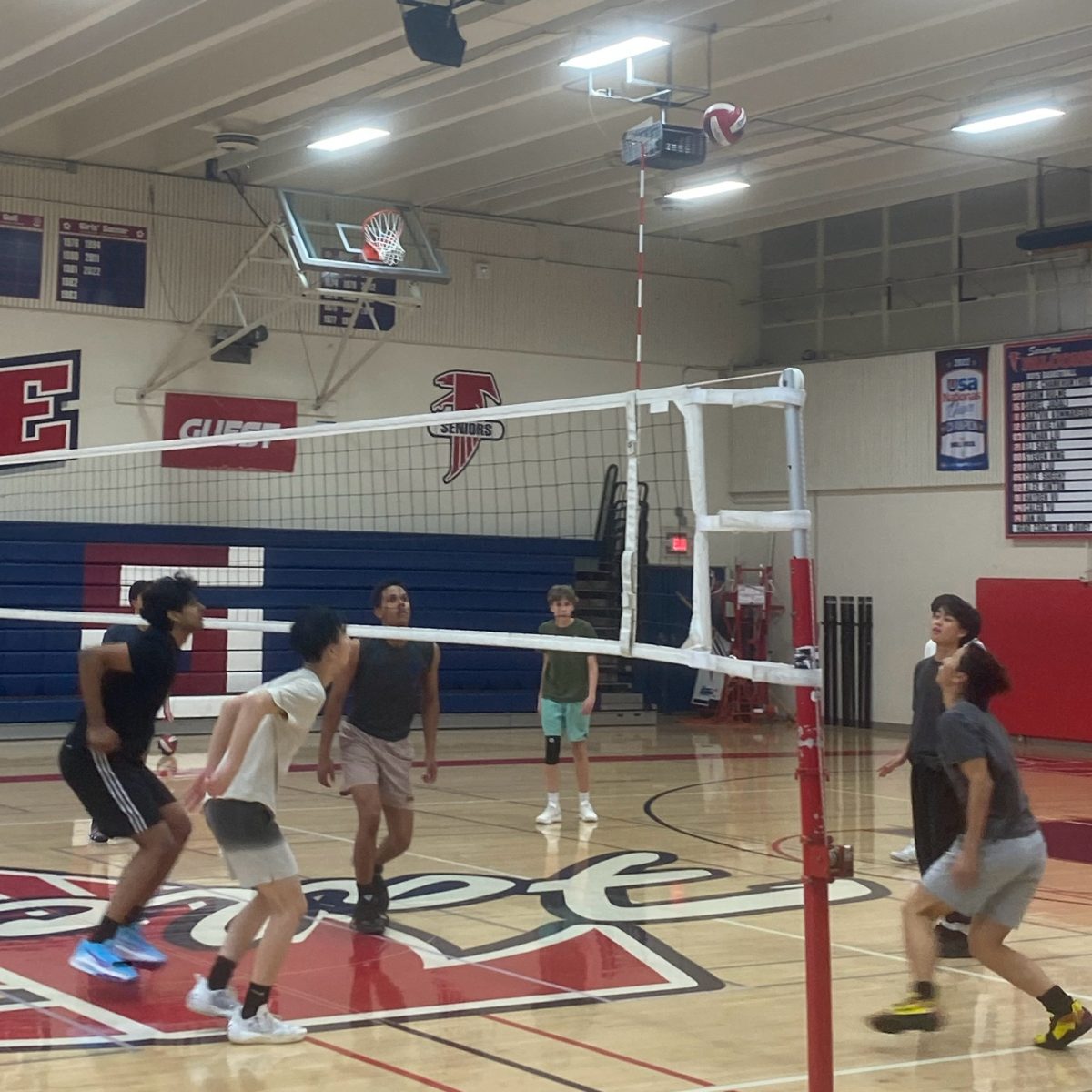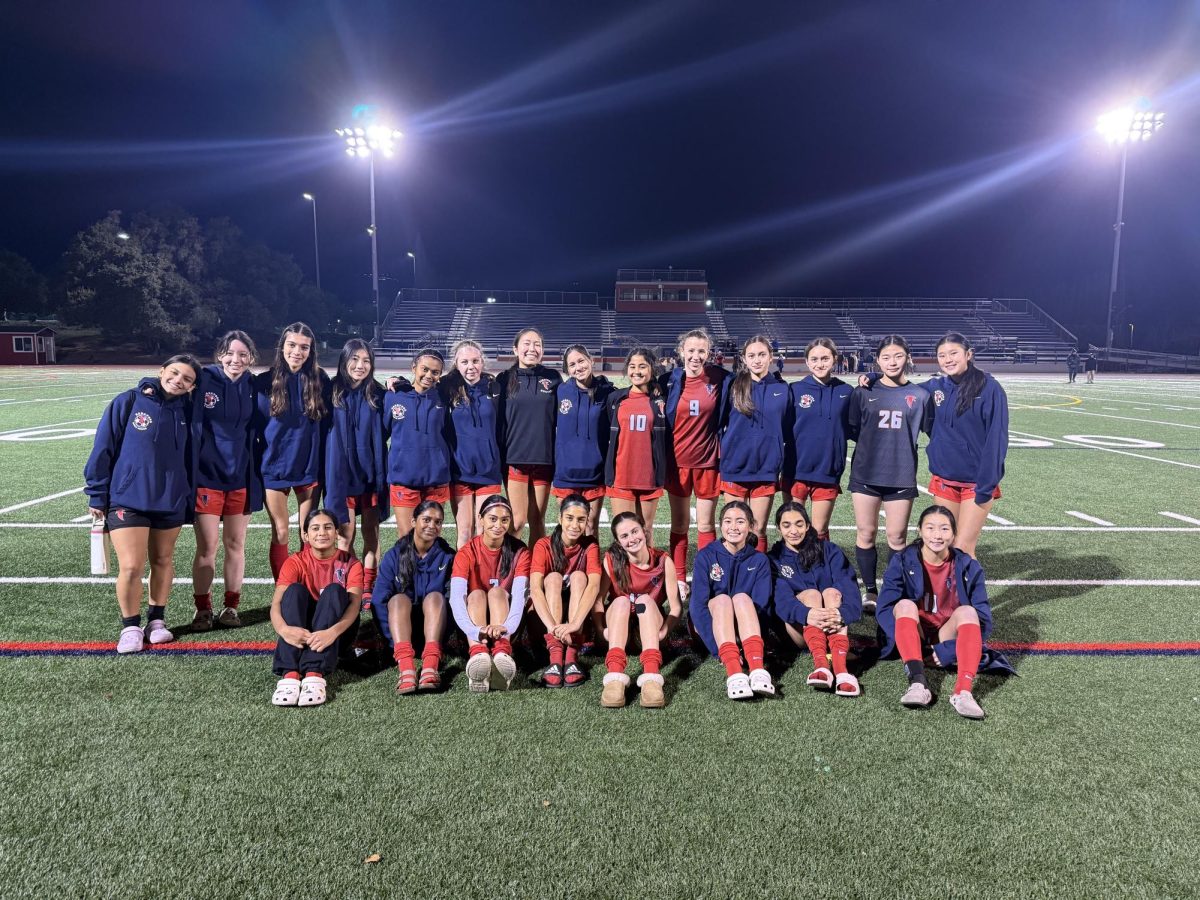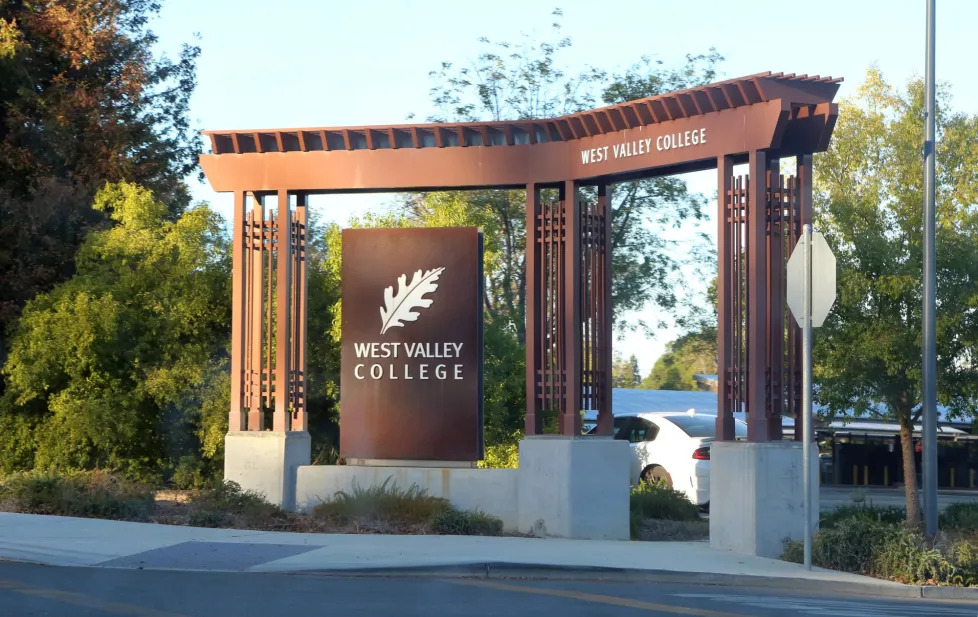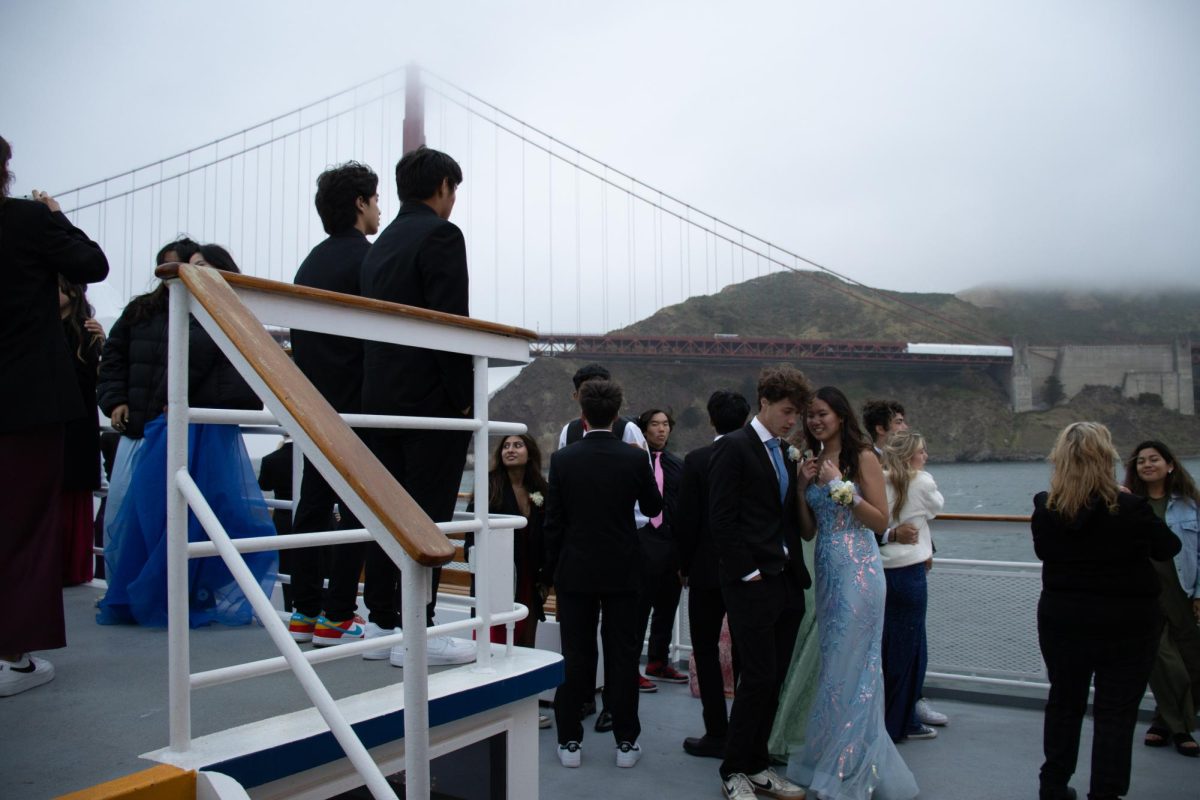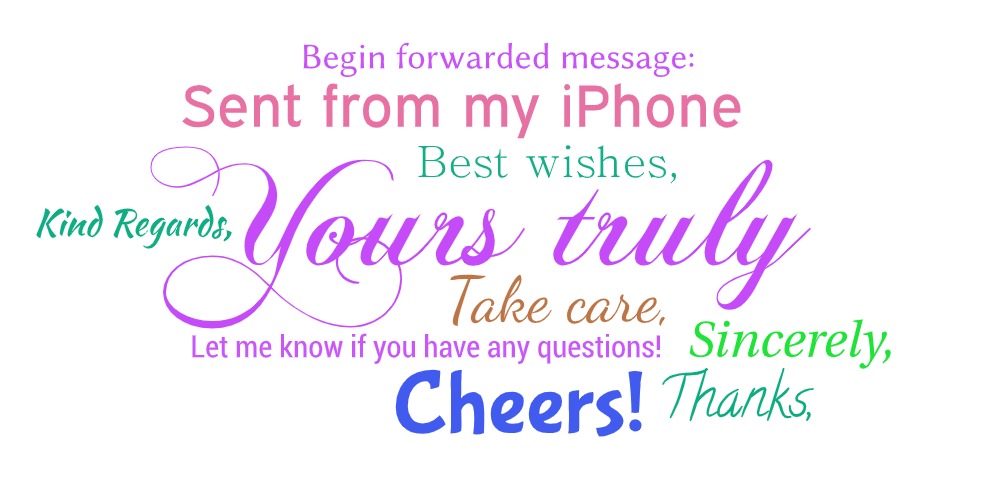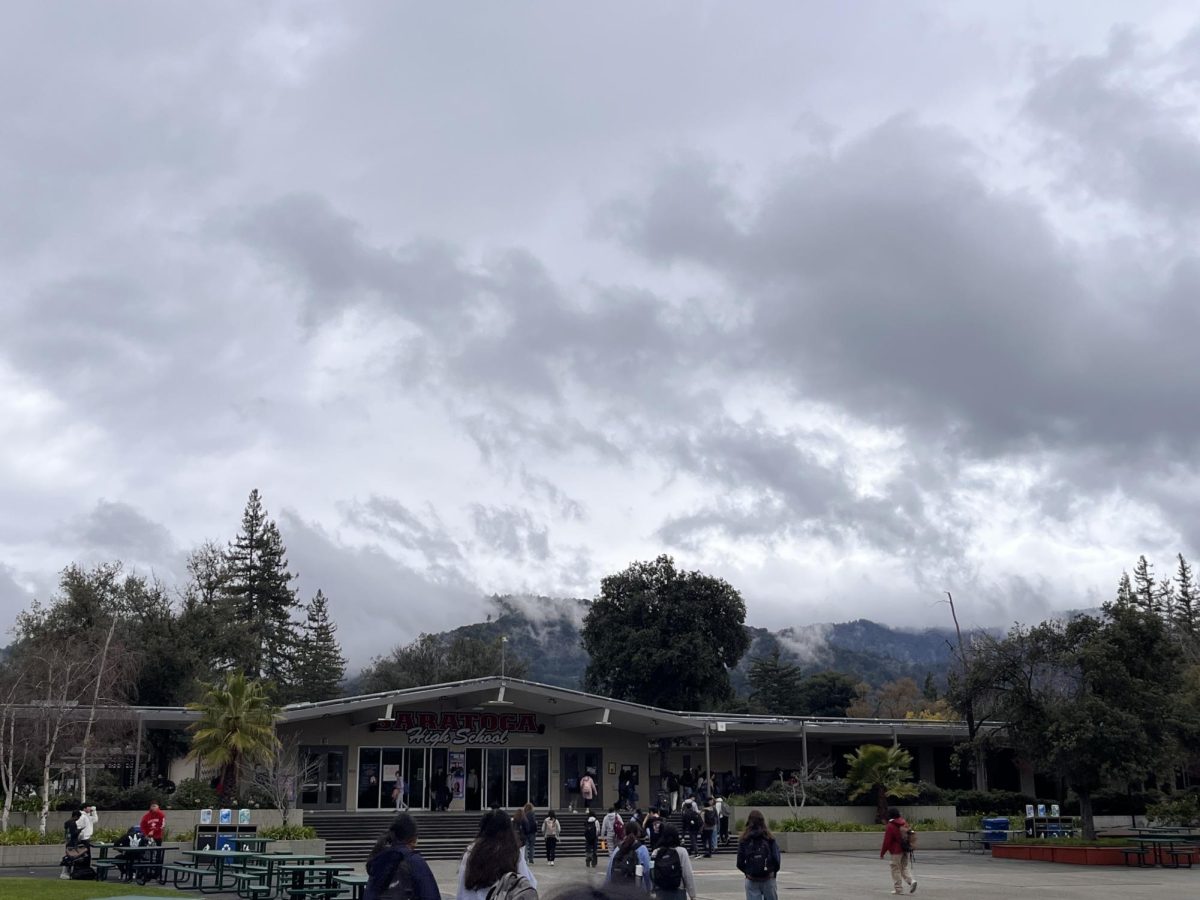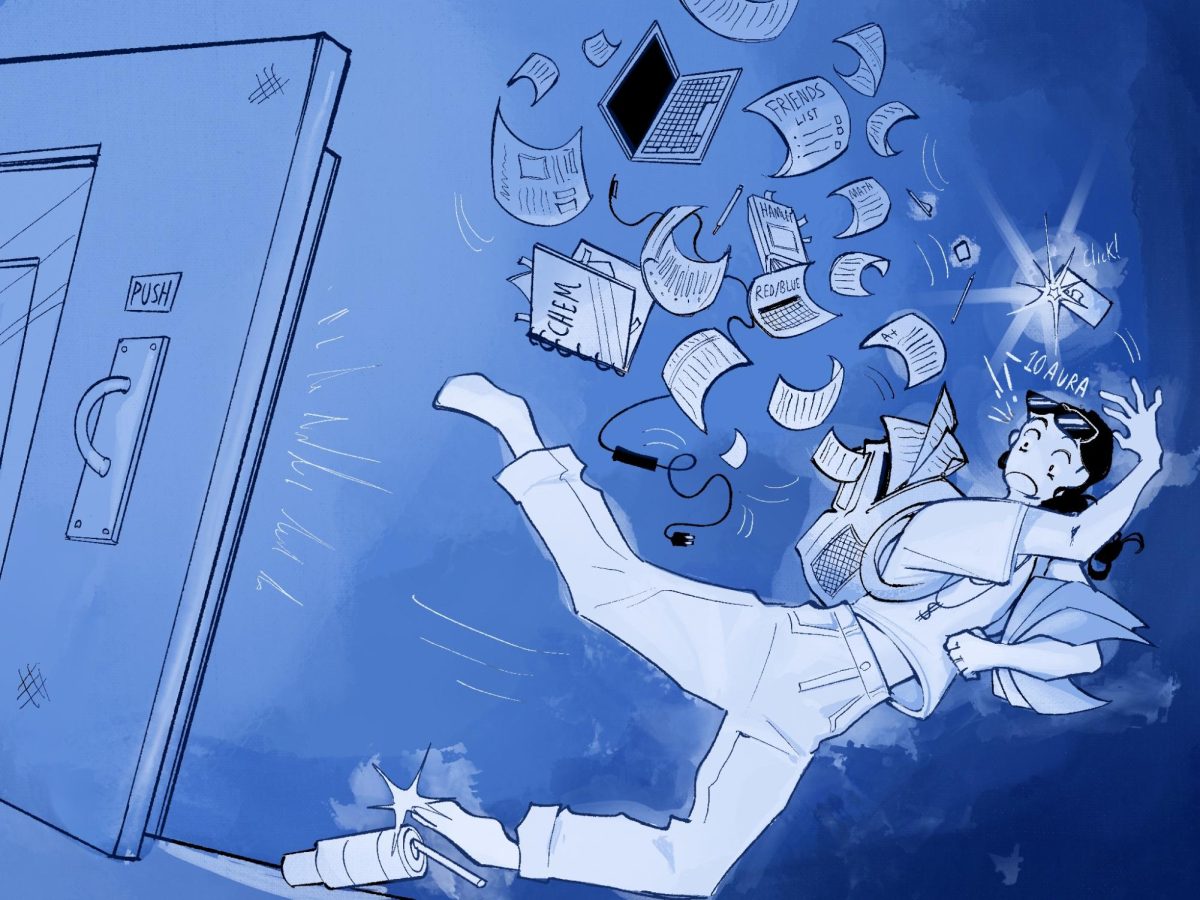This year’s new bell schedule has resulted in many changes, including a later start time of 8:30 a.m., 90-minute periods, 30-minute lunches and 10-minute passing periods. Tutorials now only occur on Blue Days, with 14 tutorials dedicated to Advisory modules on topics such as consent and sexual harassment.
But student and teacher reactions have not been positive.
In a student Facebook poll with 64 respondents, 75 percent had a strong opinion on the matter, of which 85 percent did not like the new schedule.
As an officer of three clubs, including the math club, junior Stuti Agarwal was one of the students who didn’t like the new schedule. She believes that these changes will heavily impact clubs meetings and the activities. One such example is the High School CaML, a math competition that takes 30 minutes and in the past has occurred during lunch, but may be harder to host with the shorter lunch.
Agarwal thinks the previous 35-minute lunch schedule better fit clubs’ needs. Although the total length of lunch is the same this year, the interruption of the bell five minutes earlier has been disruptive since “when the bell rings, everyone has a mentality to get up and go to their next class,” Agarwal said.
Senior Jeffrey Hu, who is involved in several STEM clubs, said the older schedule was better suited for his needs as a student.
Hu said the decreased lunch time may cause difficulties in conducting certain time-consuming labs, such as the Science club’s signature liquid nitrogen activity, a yearly demonstration on instant freezing using nitrogen.
On the other hand, Hu recognizes that the longer passing periods give club activities an opportunity to finish their work and still have students make it to class.
Another component of the schedule that Hu finds inconvenient is the new system of tutorials. Tutorials now occur only on Blue Days, limiting students’ ability to interact with teachers and fellow students.
Hu used to grab a snack during the daily tutorial because it kept him more active and engaged throughout his classes, but on Red Days, he often goes through the day hungry. Among other things, he also used tutorials to get ahead on homework assignments, which is now work that he has to complete after school at home.
While Hu acknowledges the importance of Advisory sessions on Blue Days, he thinks they should not limit teachers’ accessibility.
“Last week, I was not able to see any of my teachers during tutorial,” Hu said. “But after the first few weeks the sessions are staggered, so it should not be a problem.”
The main positive Hu sees in the new schedule is the later start time. This was the main factor in implementing the state bill that will come into effect for the 2022-2023 school year, which makes it mandatory for high schools to begin at 8:30 a.m.
Some teachers, including English and Journalism teacher Mike Tyler, also dislike certain parts of the new schedule.
“The inconsistent lunches are probably my least favorite thing,” Tyler said. “There’s no perfect schedule, but in ranking the things that I would love to see in a better schedule, I would like lunches to be at a more similar time. In particular, the Blue Day lunches this year (starting at 12:25) feel very late.”
Tyler is still hopeful that the schedule can be changed in the future.
“I get the reasoning behind the schedule changes,” Tyler said. “But I’m not a huge fan of certain parts of it. It’ll be interesting to see what the feedback is for this schedule and how the district makes its adjustments.”

